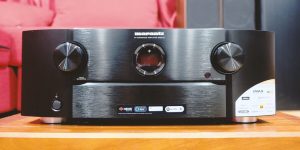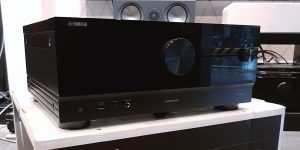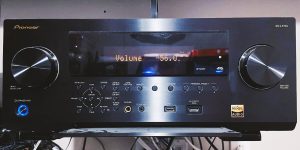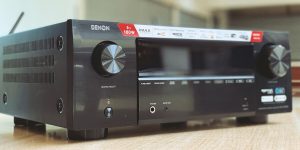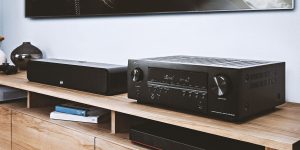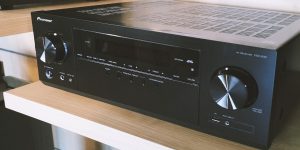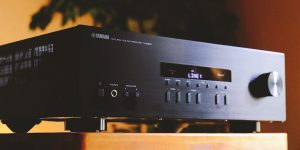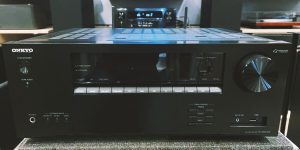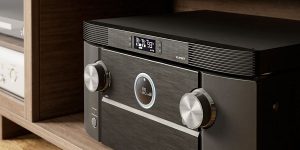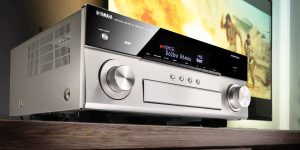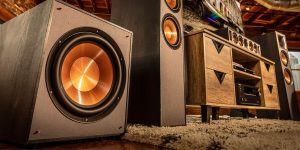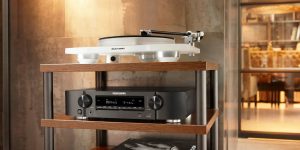The power ratings in an AV receiver can be a little confusing, but understanding them is important if you want to get the best audio experience possible. Let’s take a look at what these power ratings mean and how they affect your audio quality.
Watts per channel explained
The wattage per channel (WPC) is a number that indicates how many watts are required to power one speaker at a time. The power output of receivers ranges from 20 to 200 watts per channel. A 50-100 WPC amplifier would be sufficient for most home uses.
Continuous power explained
The wattage per channel rating should not be used to rate an amplifier’s power. Instead you should look for a continuous power output of the receiver. This is the number of watts that the receiver can deliver continuously without distorting or shutting down.
It is typically noted on an amplifier’s spec sheet as RMS (Root Mean Square) and is measured in watts.
You will often see two figures for RMS continuous power – one for when all channels are driven simultaneously (All Channels Driven), and one for when only two channel are used (Two Channels Driven). The first is the more important one to look for, as it indicates how much power is available for multi-channel audio.
How much amplifier power do I need?
For home theatre systems you want to look for something with the same RMS output as your speakers. If you buy a receiver with too much power, it’s not going to sound any better than one with less power. The reverse is also true. If you buy an AV receiver with too little power, it may not be loud or punchy enough for your liking.
The ideal receiver would have enough power to give you a good listening volume, but not so much that it would max out and distort.
As a guide, if you have five speakers that are rated at 100W each, you should look for an amplifier with a continuous power rating of 500W.
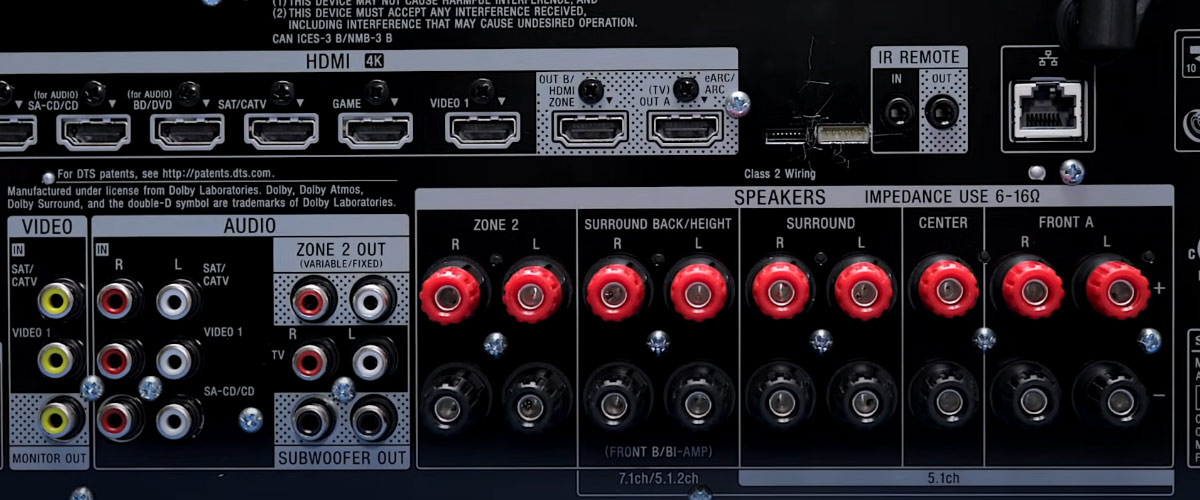
Receiver impedance explained
An AV receiver’s impedance is the amount of electrical resistance to the flow of alternating current and is measured in ohms (Ω). AV receivers typically come with an impedance that ranges from 4Ω to 16Ω.
A receiver’s impedance determines how much power it draws from your speaker wire, and how much it can handle. It also determines what kind of speakers you can use. A receiver’s impedance should match the impedance of your speakers. If they don’t match, it can cause poor performance or even damage to your equipment.
What you have to find in the specification of a receiver is the impedance range. For example, if it says 4-8 ohms, it implies that the amplifier was made to work with 4, 6, or 8 ohm speakers (the most typical impedance ratings for home audio speakers).
Total harmonic distortion (THD) explained
Total harmonic distortion is a measure of the quality of sound. It refers to the amount of distortion in an audio system, and is especially noticeable when it occurs in the higher frequencies.
THD is measured in percentages. A lower percentage indicates a cleaner, more accurate sound. It is believed that a distortion level that is less than 0.1 percent is inaudible.
Sensitivity (signal to noise ratio) explained
A signal-to-noise ratio compares the power of the signal to the power of the noise. It is measured in decibels (dB). A higher signal-to-noise ratio usually means a cleaner and more focused sound.
For example, a 100dB signal-to-noise ratio means that the audio signal level is greater than the noise level by 100 decibels. A good AV receiver should have at least 90dB of signal-to-noise ratio.
Frequency response of the receiver
Frequency response is the range of frequencies – from very low to very high – that a system can produce, process and reproduce. It is measured in hertz (Hz).
Typically, the low end of the receiver frequency response is considered to be 20-40Hz, and the high end to be 20kHz. This is a standard range for a full-range audio system and should carry enough bass/treble for most listeners.
We are supported by our audience. When you purchase through links on our site, we may earn an affiliate commission at no extra cost to you.
Our newsletter
* We will never send you spam or share your email with third parties

